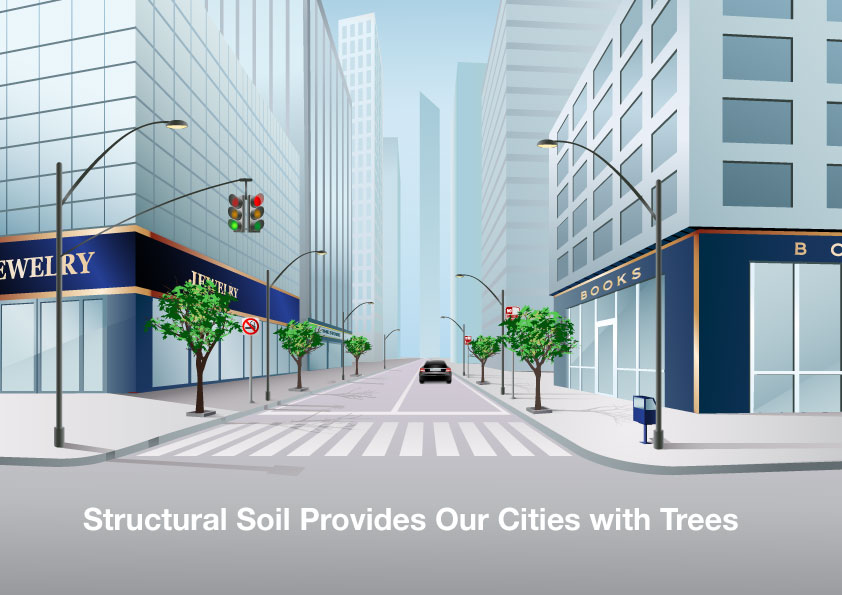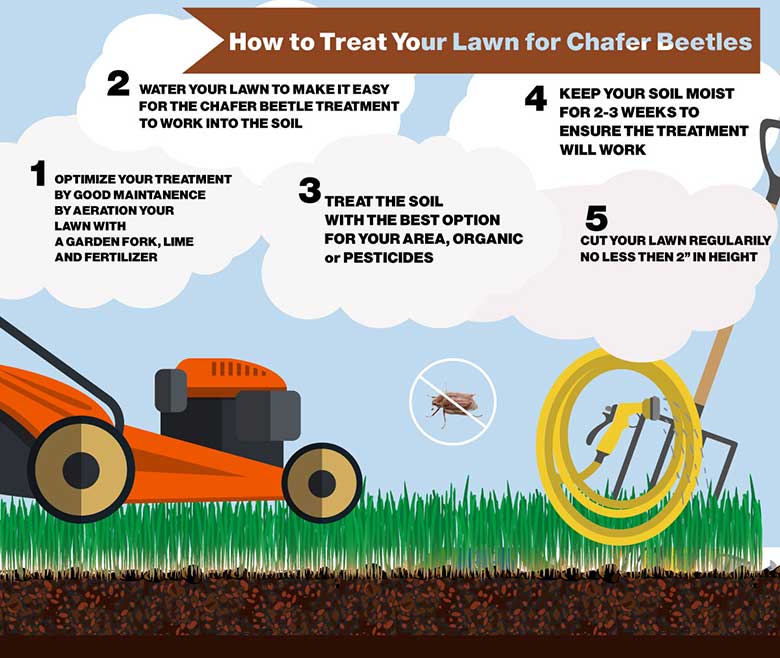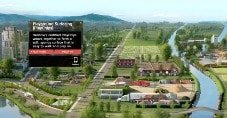Structural Soil for Urban Trees
Structural Soil for Urban Trees
Currently most urban trees are planted directly into existing compacted urban soil or tree pits with limited root space. Trees that are planted in areas surrounded by paving tend to struggle for air space and usually decline well before they should. Where soil volume is limited by pavement, tree roots suffer and tend to take the path of least resistance searching for air, usually in and around pipes, foundations, or to the surface. Healthy trees need a large volume of non-compacted soil with adequate drainage and aeration and reasonable fertility.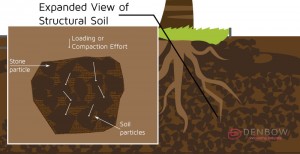
While the need and desire for large trees in the urban landscape still is the desired intent, the trees do not survive long enough to fill the need. Not planning for root growth is ignoring the biological requirements of trees and is not economical or environmentally prudent. The failure to provide adequate soil for both drainage and root growth is critical to the life of the tree and without an engineered soil specific to this application, trees have a shortened life span and may die. Ensuring a good supply of air to the tree roots is essential for satisfactory tree growth, however in urban situations, the movement of air into the soil is often restricted. By providing additional root space below the pavement in what otherwise was compacted urban soil, Structural Soil can allow most newly planted trees to have a chance for healthy growth. This mix consists of 80% 75 mm angular clear aggregate and 20% approved sandy clay loam. The aggregates bear the load, providing the structural stability for the pavement above. The angularity of the rock create for the non-compacted soil, providing space for air, water and nutrients the roots, as well as provide for future root expansion. Engineered structural soil provides a resource for root growth beyond the traditional tree pit, allowing for much stronger root growth and ongoing tree health. 
Denbow has been providing structural soil to many municipalities within the Greater Vancouver and Fraser Valley area. These departments use Denbow’s manufactured soil to allow city planners and engineering departments to add trees for the health and beauty of urban communities.
Contact Denbow’s soil experts today to find out more about how structural soil can work in your city or municipality.


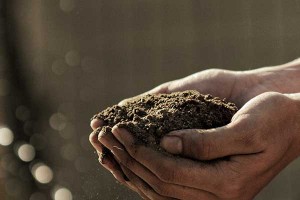 Compost-based soils made with clean quality compost should be the top choice for landscape projects.
Compost-based soils made with clean quality compost should be the top choice for landscape projects. 